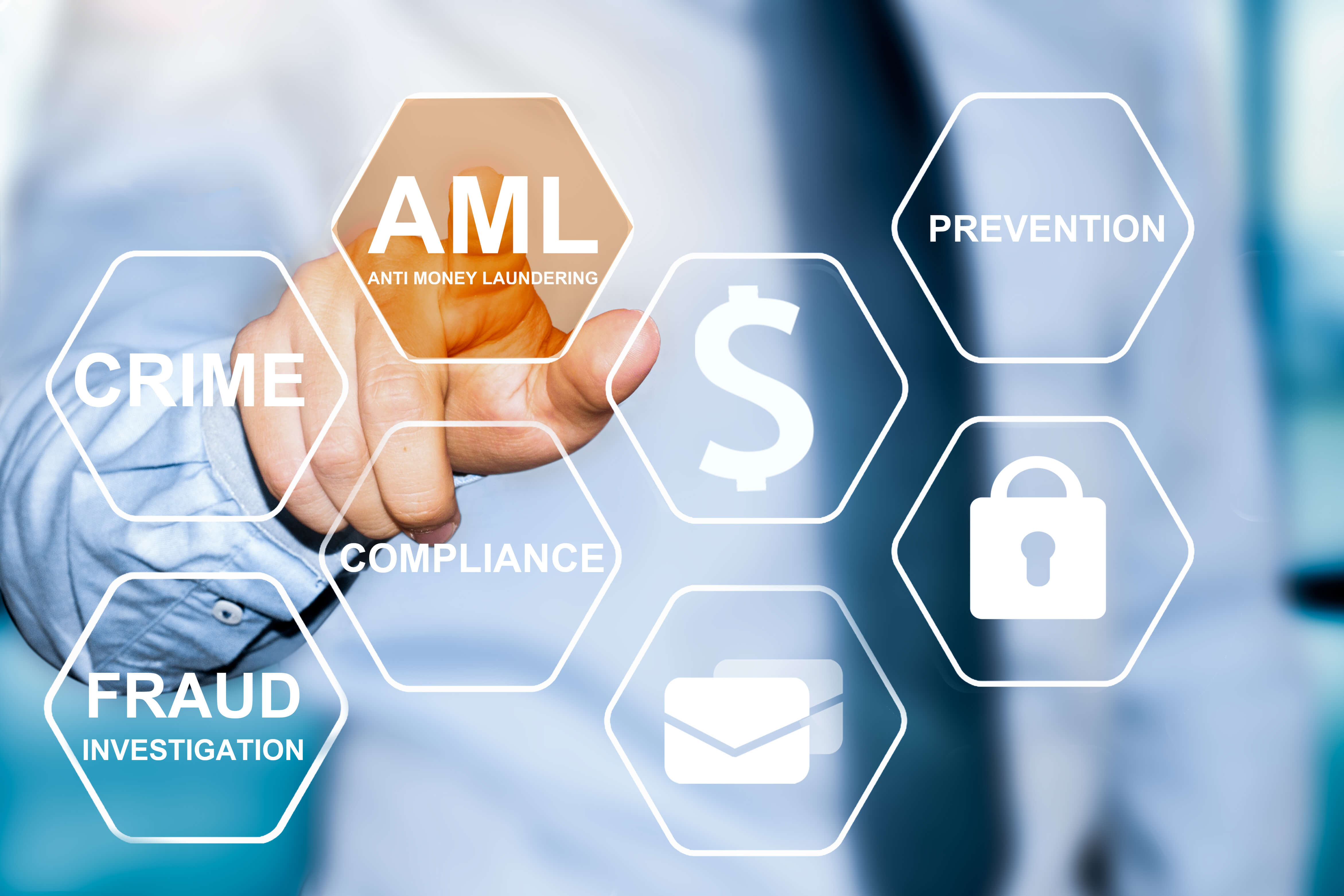Columbian’s anti-money laundering program is designed to comply
with federal regulations for insurance companies and to prevent any activity that facilitates money
laundering or the funding of terrorist or criminal activities. While many of the processes involved are
conducted at our offices, you have an important role to play in the program.
As a person who deals
directly with customers, you are in a critical position to obtain information regarding the customer, their
source of funds, and their reasons for purchasing an insurance product. To help prevent money laundering,
you must understand how it works, be able to recognize suspicious activities, and comply with your
responsibilities within the program.
How Money Laundering Works
Money Laundering is a process by which illegally obtained money
is filtered through a series of transactions that eventually make the money appear to be obtained from
“clean,” or legal, activities. Insurance products with an investment feature or cash value such as whole
life, universal life, or annuities are sometimes used in money laundering schemes, where a policy or
contract may be purchased and then canceled in the free-look period.
Recognizing Suspicious Activities
You should be alert to suspicious activities, because ignoring
warnings to money laundering can implicate you in the crime. Some “red flags” to watch for include:
- The purchase of an insurance product that appears to be inconsistent with the
customer’s needs or appears to exceed the customer’s known income or liquid assets.
- Little or no concern by a customer for product features, other than the early
termination features.
- Reluctance by a customer to reveal information normally provided in the
application, or is unwilling to provide photo ID or other documentation that will enable proper
identification.
- Attempted unusual payment methods, such as cash, foreign currency, foreign
accounts, or cash-like instruments such as money orders, traveler’s checks, cashier’s checks, starter
checks or credit card advance checks.
- An attempt to purchase several small policies rather than one large policy for
no valid reason.
- Payment of a large amount broken into small amounts.
- A large pour-in to a contract, followed by an immediate withdrawal.
- A customer who requests a maximum loan on a single premium policy shortly
after purchase.
- Early termination of a product, especially at a cost to the customer or where
payment is made by, or the refund check is directed to, an apparently unrelated third party.
- The return of a policy that refunds a large amount of premium during the
free-look period with no apparent reason for not wanting the policy.
- Insistence on speedy issue or service without the required paperwork or
medical requirements.
- The transfer of the benefit of a product to an apparently unrelated third
party.
- Repeated policy cancellations in a short period of time for significant
amounts of money.
Your Responsibilities
In order to sell life insurance or individual annuities, the
Company’s Anti-Money Laundering Program requires you to:
- Read this document in its entirety.
- Verify the identity of every customer through a government-issued photo ID,
such as a driver’s license or passport.
- Obtain and include the following information on the application: Name, Date of
Birth, Physical Address (not a P.O. Box, commercial mailbox or company address) and Social Security or
Tax ID#.
- Verify the need for the insurance that is being purchased.
- Ensure that all information on the application and associated documents is
accurate and complete.
- Create a client profile for each client, documenting verification of identity
and the need for the insurance. Include information on all policies or annuities purchased by the
individual. Files must be retained for five years after termination of the policy or contract. State
insurance regulations may require certain documentation to be retained for a longer period.
- Report transactions of more than $10,000 that are paid in cash or cash-like
instruments, such as money orders, traveler’s checks or cashier’s checks.
- Report suspicious transactions of $5,000, whether conducted in an individual
transaction or aggregate related transactions.
- Report any money laundering red flags so that the Company can determine
whether a Suspicious Activity Report (SAR) must be filed with the U.S. Department of the Treasury.
The USA PATRIOT Act holds agents and brokers liable for
reporting suspicious activities. Failure to do so can result in charges of willful blindness. To report
suspicious transactions or activities, contact your Regional Sales Director or Columbian
Representative.
- DO NOT inform the client that you have suspicions or are making a report; and
- DO NOT disclose the fact that a SAR has been field or considered; and
- DO NOT disclose the contents of a SAR to the subject of a SAR or any third party
Responsibility does not end when the sale is made. If any interactions seem
suspicious, contact Columbian.

